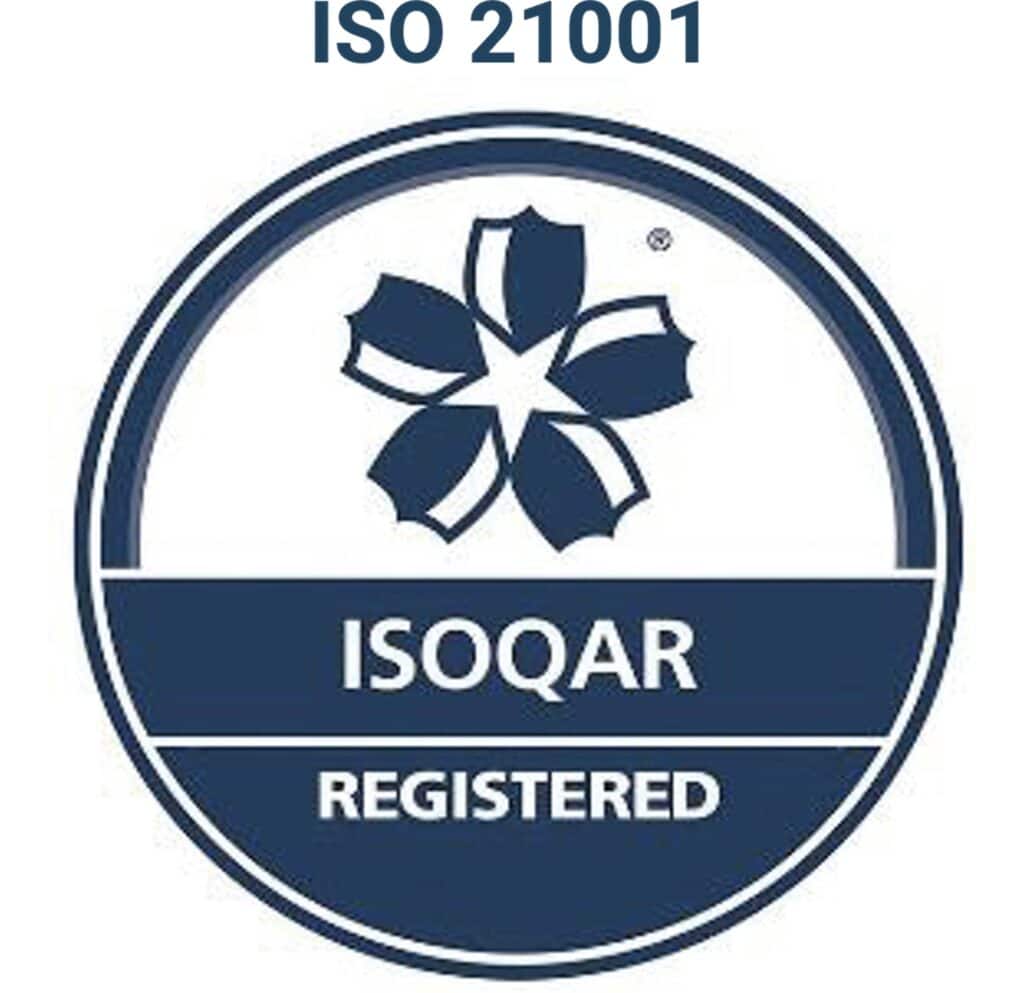Traditionally-speaking, the education system has always been geared towards preparing students to contribute towards their future roles in the workplace, educated in their respective fields to ensure that they are suitable for the task. The way to achieve this, historically, has been through STEM education. However, with the digital disruption of society through the technological development and advancements of the times, the education system is being forced to adapt its curricula to suit the modern demands of students entering the workforce.

What is STEM Education?
STEM stands for ‘Science, Technology, Engineering and Mathematics’. These four topics are representative of the world around us ─ a world in which science and technological advancement continuously disrupt every aspect of our day-to-day life. It is these subjects that are often seen as the core of top-level education. They are considered the subjects that will open the world of opportunities, experiences and career prospects in today’s world.
STEM education doesn’t just increase the knowledge of students. It prepares them for their future in a technological world where they’ll need to think critically, solve problems, collaborate with others and create solutions. In other words, traditional STEM education enables the next generation of innovators that companies desperately need to maintain development and growth.
Innovate and Adapt
The four areas of the curriculum that STEM covers are part of our everyday life. They represent the skills needed for a myriad of workplace roles which need to be filled to drive the world forward; however, it doesn’t cover everything that we need to uphold modern society.
The most recent developments in society and education have seen STEM turn to STEAM ─ an adaptation that better suits the demands of modern, innovative workplaces. STEAM introduces the various disciplines of the arts to the ‘must-have’ STEM education ─ humanities, dance, drama, music, language arts, visual arts, new media and design. The introduction of these topics emphasises the importance of creativity and innovation for future roles in the workplace. It shows the importance of being well rounded, having a creative edge and extra skills in our repertoire. By understanding the importance of the ‘arts’, students are better able to take on the modern world. They also understand how these subjects intertwine, for instance, science can be observed when mixing colours for a painting, and learning different languages opens up doors for working within countries that may have top-class scientific research institutes.

The Importance of STEAM Education
Creativity is often disregarded when it comes to the objectivity of the sciences and the traditional STEM methodology. However, the inclusion of the arts gives students an opportunity to learn the STEM subjects in an open-ended, creative way. This is important because the arts and creativity have always been crucial for turning scientific theory into a practical, applicable reality. By integrating the arts into education, students’ learning can come to life, and this sparks connections which encourages them to engage in their learning critically, confidently and creatively.
At One World International School, we have implemented STEAM-focused, internationally-recognised curricula that incorporates enquiring, questioning, thinking, reasoning and deducting into the day-to-day lives of our students through problem-based learning methods and inquiry. As educators, we must open as many doors as possible for our students. We must teach them to see the world from different views and always find ways around problems. We must make them confident and teach them that education is not just reading books and sitting tests. That they can learn through dramatics, creating art or speaking languages.
As Dr Jenny Nash, Head of the Education Solutions Design Team at LEGO Education is quoted saying “A baker uses chemistry. A chemist develops the makeup, and a computer animator designs the on-screen special effects used in the blockbuster movies we see in theatres. Experiencing STEAM subjects in an integrated way is more authentic and representative of the world we’re preparing students to enter”.
We have a strong appreciation for the Arts at OWIS. Our campuses boast state-of-the-art technology which allows students to create their own artful masterpieces. They have the opportunity to use a range of resources and have excellent support from experienced teachers. This exciting aspect of our curriculum helps students acquire the skills and knowledge that they need to know about the design, style and techniques of art, which can be transferred to any other aspect of creation that STEM-subjects would traditionally create.
Examples of this would include structural engineering and architectural careers. The arts subjects make students confident and proficient in drawing. The STEM subjects teach them the mathematics behind the measurements and the science behind the physics to create a structurally sound building. By combining the subject areas together, students are in the best position to move into professional careers.
The global workforce of the day is becoming heavily STEM-saturated and, now more than ever, people who possess the ability to innovate are needed to develop new ideas and designs through the intersection of art and science to paint a better future for the world.
To find out more about how we future-proof education at OWIS, do contact us or register below for a campus visit soon.














